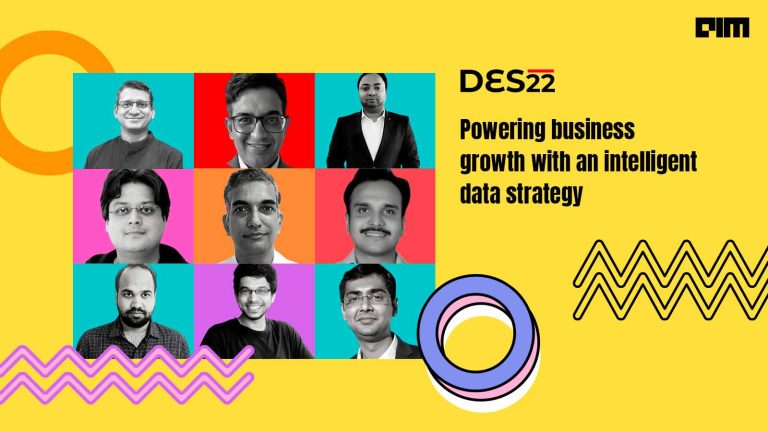
As the market for on-demand goods and produces keep increasing in India, scores of startups are venturing into the field in a hope to make it big. According to IBEF, India has the largest e-commerce market which is estimated to grow by US$ 200 billion by 2026.
Though the market outlook seems positive, companies have a responsibility of ensuring seamless shopping experience for its customers. Hence, the need for them to develop a strong scalable analytics model which can ensure minimum runtime at a minimum rate is even more.
Like any customer-oriented business, customisation and customer satisfaction are the two main components that any e-commerce company should religiously follow while developing their models. With data crunching and analysis playing a crucial marker for e-commerce website, Subramanian MS, Head of Analytics at BigBasket.com gives us an insight into the five Rs that one should keep in mind while developing a scalable analytical model and how startups should handle its large pool of data to give a nuanced experience for it users.
Robustness: According to Subramanian, the step towards a strong analytical model for production is by ensuring the robustness of your system. In the case of the online grocery store, with an average order of 10-15 products, there is a greater needed for data processing to ensure customisation for each user. “Based on the order history and by identifying a particular product that you have analysed, we identify a product that you like and depending on the season and availability of the product, we will suggest the product,” Subramanian points out. He then goes on to explain, “Let’s say that you like mangoes and if you happen to buy the product this time last year, we will be making a suggestion of the product when you come online.” Citing an example, he says that his team crunches 4 million orders into 12 order lines a month, that is close to 48 million order lines from a year’s data. “This is robustness and this volume is tripled each year. So what we have built today, I guarantee that it can crash as we are growing at a breakneck speed. Hence, your models should be highly robust to handle large volume of data,” he adds.
Responsive: With multiple simultaneous users in the app in a concurrent manner, the volume of data that will be generated can be a bit overwhelming. As a data analyst, every piece of information can add to the larger goal of ensuring each customer the best online experience. Hence, data scientist and analyst have the responsibility of not picking and choosing with regards to data. “When I crunch your smart basket using your data, we can’t choose between the data. I simply can’t just pick last three months’ data, instead, I need to crunch billions of rows so as to understand the behaviour and built the right smart basket for you,” he points out.
Regressiveness: One of the important aspects of keeping a business up and running is to ensure maximum utility within a minimum budget without compromising the quality of the service. Unlike a physical store, which can be shut at a certain time, online stores do not enjoy such a luxury as data processing is an everyday task. So, one of the key points is to ensure a balance between your cost and runtime, “At BigBasket, we crunch the smart buckets every day and need to read it every 45 minutes. But for this to happen we can’t rely on machines as we need to keep cost in mind. So, we need to strike a balance between minimal cost and minimal runtime and not take shortcuts,” Subramanian adds.
Relevant: The succinct art of knowing what needs to done precisely and working towards it remains the key to developing a robust model. In simple words, Subramanian explains, “Don’t build models because it is cool to build it rather it has to deliver business impact and that should be kept in mind all throughout,”
Return on investments: The crux of any business is to ensure ROI therefore, a developer’s primary responsibility should be to develop a business matrix that is disproportionate in manner. “I can’t spend certain amounts on the models and not deliver the business impact of my choice hence, RoI is an important aspect. In a startup, you are competing for resources be it in terms of people, technology or investment. So, the models that you develop have to ensure ROI,” he says.







































